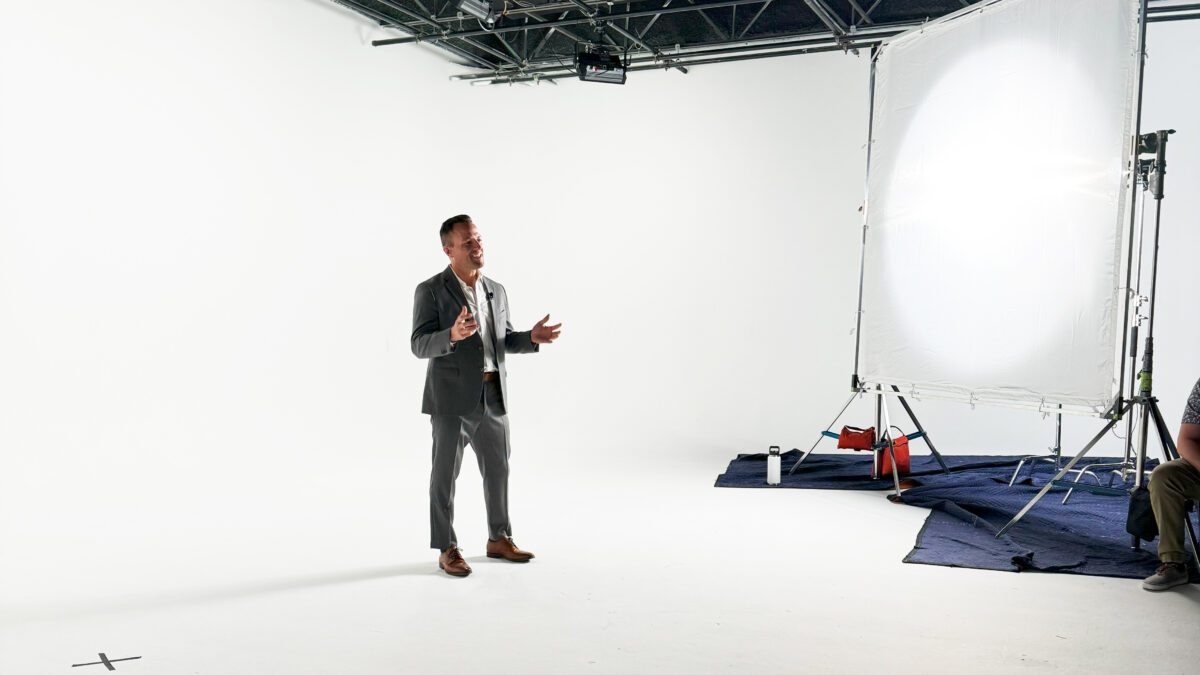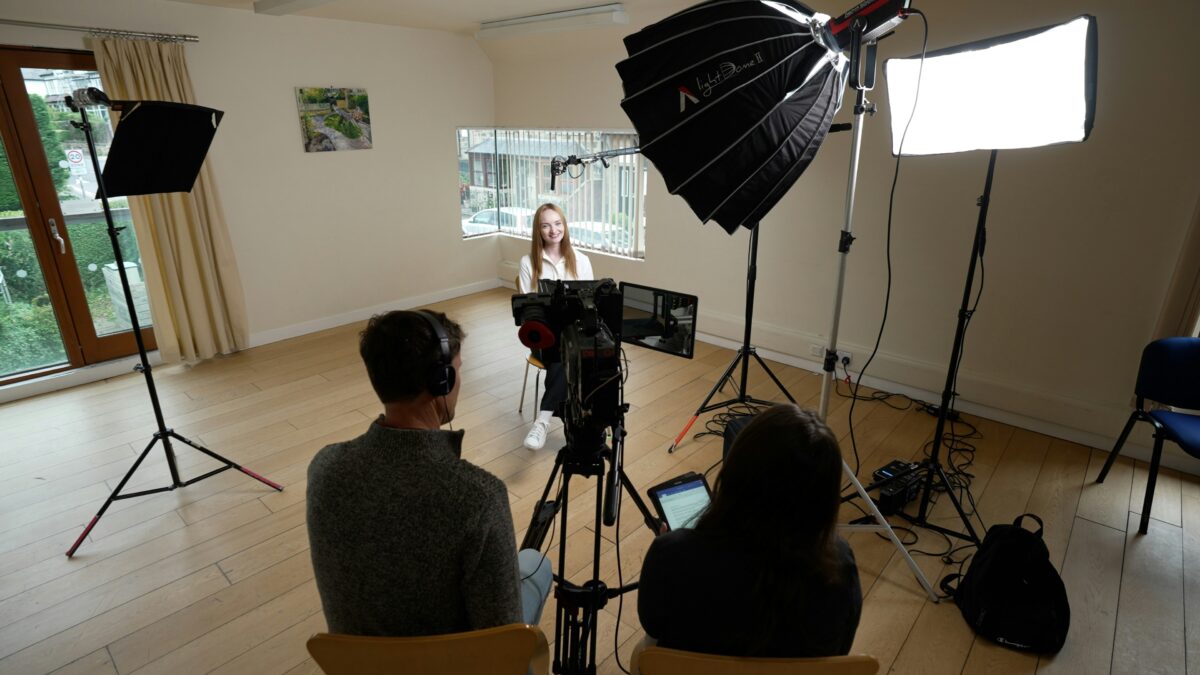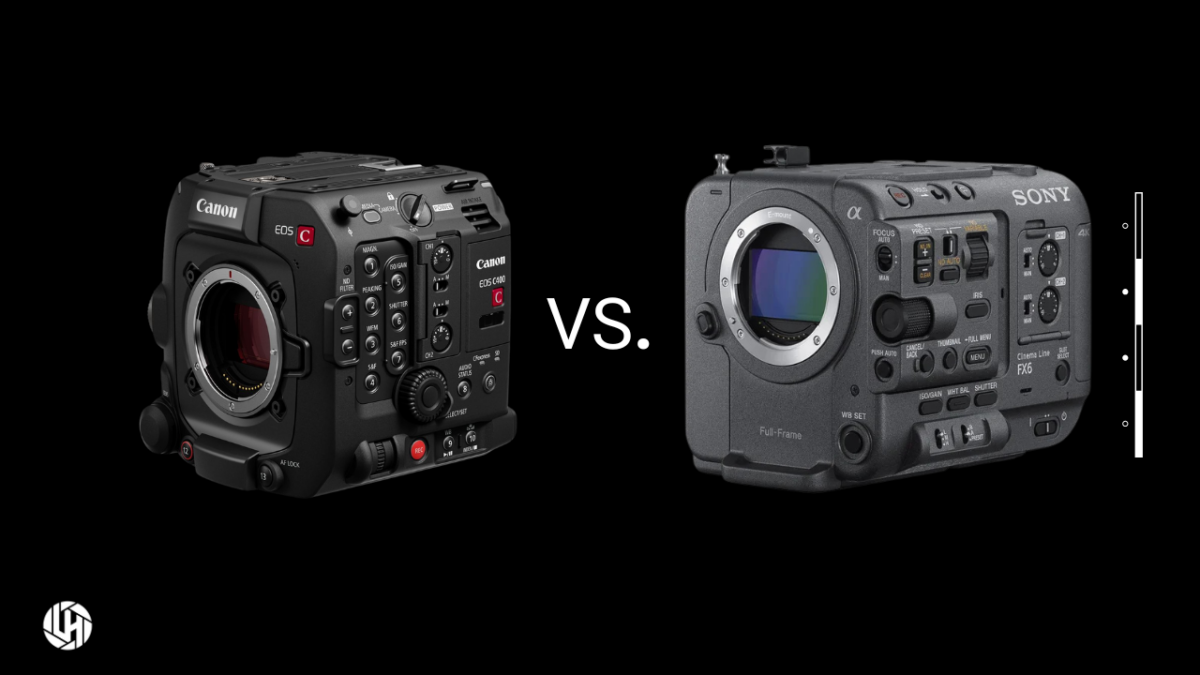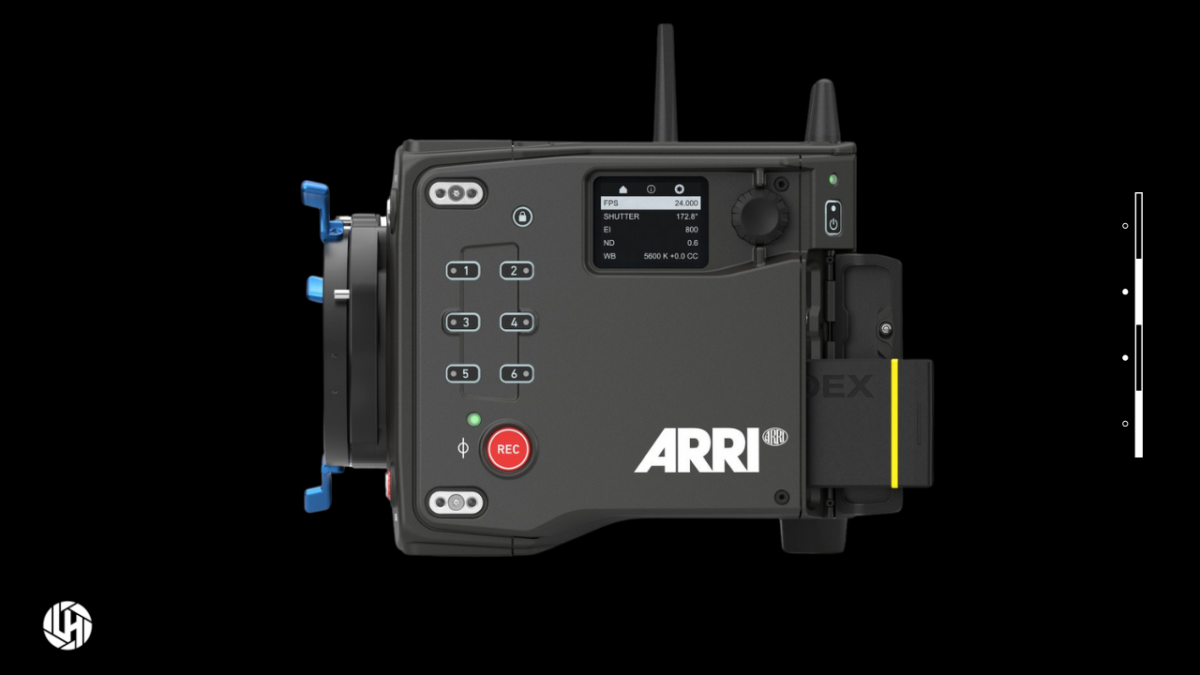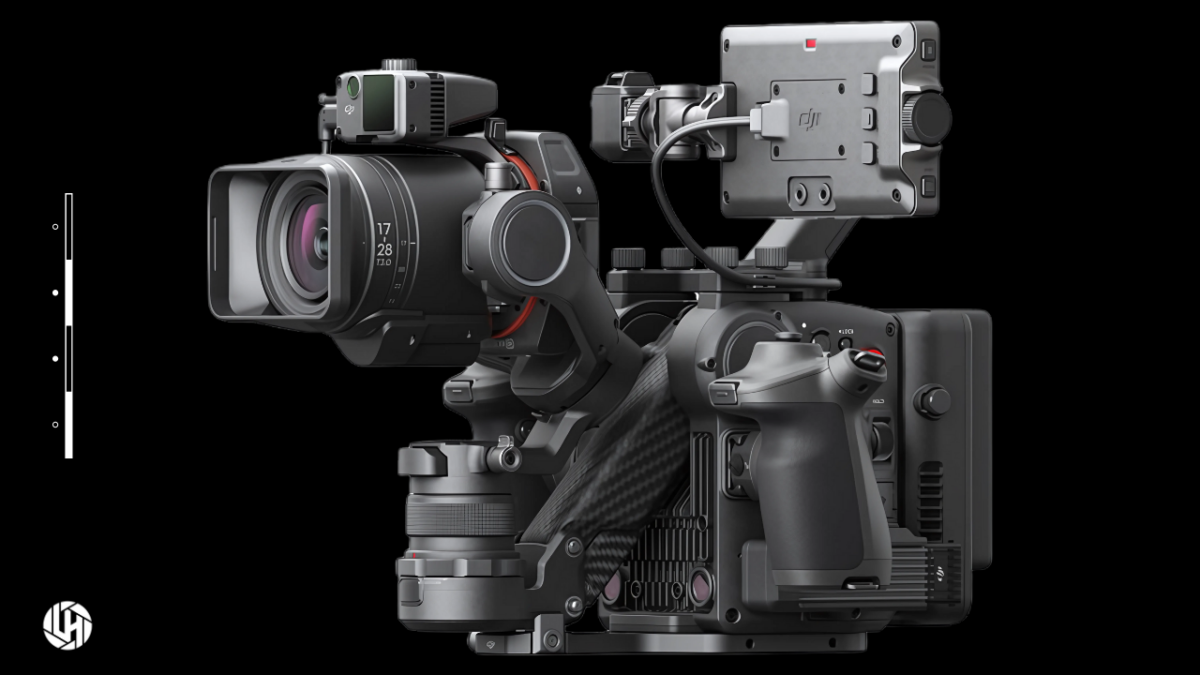Why a Clean Cyc Wall Is Essential for Professional Video and Photo Shoots
lensheadmedia
on
June 17, 2025
When it comes to professional video and photo production, small details make a huge difference. One of the most overlooked elements on any set is the white cyc wall. It is a staple in studios for a reason. A clean cyc wall allows for seamless backgrounds, easy subject isolation, and high-end commercial polish. But here is the catch: if that cyc wall is not clean and freshly painted, it can ruin your entire shoot.
Whether you are filming a commercial, conducting a product shoot, or shooting talent for green screen replacement, a clean cyc wall is the foundation for flawless visuals. The moment dirt, scuff marks, or footprints start to build up, that seamless effect disappears and your post-production process gets a whole lot harder.
What Is a Cyc Wall and Why Does It Matter
A cyc wall, or cyclorama, is a curved wall used as a backdrop that creates the illusion of infinite space. Most often painted white, these walls are used to eliminate harsh corners or shadows, giving you a perfect blank canvas for lighting and visual effects. The purpose is simple: to direct full attention to your subject and provide maximum flexibility during the edit.
But for that effect to work, the surface of the wall needs to be pristine. Smudges, stains, and dark marks from shoes or equipment become glaringly obvious on camera, especially in high-resolution formats. Even slight imperfections in the surface can cause unwanted distractions and cost you time and money during color correction.
How a Dirty Cyc Wall Can Derail a Shoot
Imagine setting up your lights, prepping your subject, dialing in your camera settings only to find that the background has visible dirt patches that catch the light. What seemed like a perfect shot now looks unprofessional and uneven. Worse, your post team may have to spend hours digitally masking or cloning out marks that should never have been there in the first place.
For fashion, beauty, product, or branded content shoots, a dirty cyc wall can hurt the overall quality of the visuals and negatively affect the perception of your brand. Clients and talent notice when something looks off. You might not get another chance to make that first impression.
Dirt and discoloration also affect how light bounces inside the space. A clean white surface reflects light evenly, allowing for soft, controlled lighting setups. Once that wall starts to dull or stain, your lighting becomes uneven and your subject might pick up tints or shadows that throw off your entire look.
Why Regular Painting Is Necessary
The only way to keep a cyc wall shoot-ready is by repainting it regularly. Standard white paint gets scuffed easily, especially in high-traffic studios where people walk on the floor portion of the wall or move large gear across it. Even a single day of use can leave visible marks.
Studios that cut corners by not repainting between shoots might offer a lower rental rate up front, but the final cost to your project can be much higher. If your shoot is compromised by a dirty cyc wall, you may need retakes, heavy post-production cleanup, or even a reshoot altogether. Not to mention the creative stress it causes on set.
A Clean Cyc Wall Means Clean Results
Professionalism is all about preparation. When you step into a studio with a clean cyc wall, your team can focus on creativity and execution, not scrambling to work around a dirty background. It sets the tone for the day, helps your lighting team get the look they want, and saves your editor a ton of headaches.
At the end of the day, a cyc wall is not just a background. It is part of your visual identity. When it is bright, clean, and seamless, it enhances your brand and your production value.
At Lens Head Media, Clean Is the Standard
At Lens Head Media, we believe your shoot deserves the best conditions possible and that starts with a clean cyc wall. That is why we never charge extra for a fresh coat of paint. Whether you are shooting a commercial, a product spot, or content for social, our cyc wall is always clean and camera-ready. We repaint it regularly to make sure you walk into a flawless space, every time.
No surprises. No hidden fees. Just a clean cyc wall that makes your work look its best.
